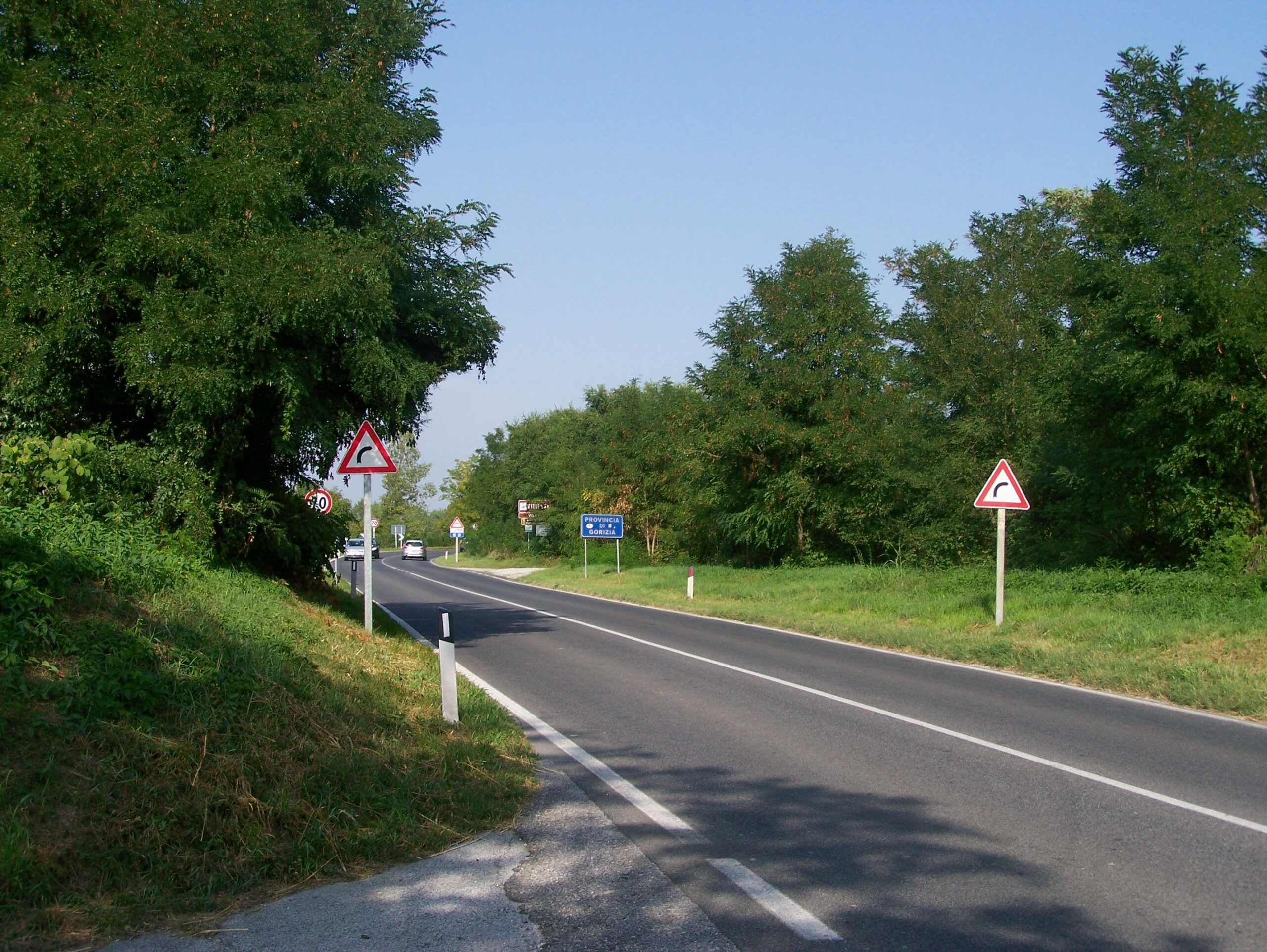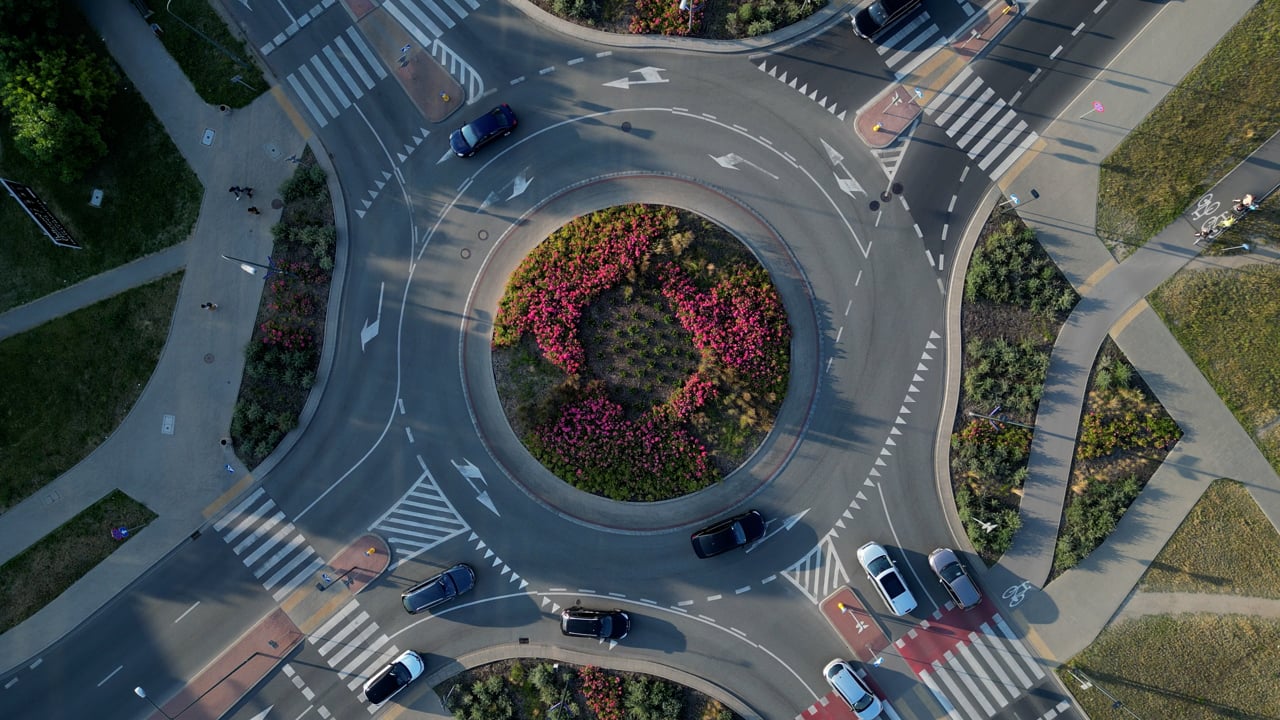
Introduction
Driving is an essential aspect of daily life and travel, varying significantly from one country to another. Italy, with its rich history, scenic landscapes, and bustling urban centers, offers a unique driving experience that differs markedly from the USA and other countries. This article explores the differences in driving conditions, road infrastructure, traffic laws, and cultural attitudes towards driving in Italy compared to the USA and other parts of the world.
Road Infrastructure
Italy
Italy boasts a well-developed and extensive road network that includes highways (autostrade), regional roads (strade regionali), and local roads. The autostrade are toll roads, known for their efficiency and high standards, connecting major cities and regions. These highways are well-maintained, with frequent service areas offering fuel, food, and rest facilities. In contrast, rural and mountain roads can be narrow, winding, and challenging, requiring cautious driving.
USA
The USA has one of the most expansive road networks globally, with the Interstate Highway System being a key feature. These highways are free to use, except for some bridges and tunnels that charge tolls. American roads tend to be wider and straighter, particularly in rural and suburban areas, allowing for higher speed limits. Urban areas, however, can suffer from congestion and deteriorating infrastructure due to heavy use and insufficient maintenance.
Other Countries
Driving conditions vary widely across other countries. For instance:
•Germany: Known for its autobahns with sections that have no speed limits, Germany’s roads are meticulously maintained and offer a high level of driving efficiency.
•UK: The UK’s road network includes motorways and smaller country lanes, with a significant focus on roundabouts.
•Japan: Japan’s roads are well-maintained, with an emphasis on urban expressways and meticulous adherence to traffic laws, though space is often limited in urban areas.
Traffic Laws and Regulations
Italy
Italian traffic laws are stringent but often perceived as being flexibly enforced. Speed limits vary, with 130 km/h (about 80 mph) on autostrade, 110 km/h (about 68 mph) on main roads outside urban areas, and 50 km/h (about 31 mph) in towns and cities. Italy has a zero-tolerance policy for drink-driving, with strict penalties for offenders. Additionally, seat belts are mandatory, and the use of mobile phones while driving is prohibited unless using a hands-free system.
USA
In the USA, traffic laws vary by state, but there are commonalities such as the mandatory use of seat belts and prohibitions on mobile phone use while driving. Speed limits also vary by state, typically ranging from 55 to 75 mph on highways. The legal blood alcohol concentration (BAC) limit is generally 0.08%, though some states have lower thresholds for commercial drivers and repeat offenders.
Other Countries
•Germany: Stringent rules on drink-driving, with a BAC limit of 0.05%, and mandatory seat belts. Speed limits on regular roads are enforced rigorously.
•UK: Similar to the USA, with a BAC limit of 0.08%, and stringent penalties for violations. Speed limits are 70 mph on motorways and 30 mph in urban areas.
•Japan: Very strict traffic laws with a BAC limit of 0.03% and severe penalties for offenders. Speed limits are typically 100 km/h (about 62 mph) on expressways and 40 km/h (about 25 mph) in urban areas.
Driving Culture and Behavior

Italy
Driving in Italy is often described as spirited and aggressive. Italian drivers are known for their assertiveness, often tailgating and frequently using the horn. Lane discipline is less rigid compared to countries like Germany or Japan. However, Italian drivers are also highly skilled and adaptable, capable of handling challenging driving conditions with ease. Urban areas, especially cities like Rome and Naples, are notorious for their chaotic traffic and narrow streets.
USA
American drivers tend to be more laid-back, with an emphasis on convenience and comfort. The culture of driving is shaped by the country’s vast distances and reliance on cars for everyday transport. Lane discipline is generally good, and there is a strong adherence to traffic signals and stop signs. However, road rage incidents are not uncommon, and urban areas can experience significant congestion and aggressive driving behaviors.
Other Countries
•Germany: German drivers are known for their discipline and adherence to rules, particularly on the autobahn where lane discipline is crucial.
•UK: British drivers are generally polite and follow rules closely, with a culture of queuing even on roads.
•Japan: Japanese drivers are extremely courteous, with a strong emphasis on safety and adherence to traffic laws.
Roadside Assistance and Emergency Services
Italy
Italy has an efficient roadside assistance system, with services like ACI (Automobile Club d’Italia) providing comprehensive support. Emergency services can be reached by dialing 112, the European emergency number. Italy also has an extensive network of service areas on autostrade, ensuring that help is never far away.
USA
In the USA, numerous roadside assistance services are available, such as AAA (American Automobile Association). Emergency services can be contacted by dialing 911. The vast network of service stations and the prevalence of cell phone coverage ensure that help is readily accessible.
Other Countries
•Germany: ADAC (Allgemeiner Deutscher Automobil-Club) provides extensive roadside assistance. Emergency services can be reached by dialing 112.
•UK: The AA (Automobile Association) and RAC (Royal Automobile Club) are prominent roadside assistance providers. Emergency number 999 or 112.
•Japan: JAF (Japan Automobile Federation) offers comprehensive roadside assistance. Emergency services can be contacted by dialing 110 for police and 119 for fire and ambulance services.
Parking
Italy
Parking in Italy can be challenging, especially in historic city centers with narrow streets and limited spaces. Paid parking zones are common, marked by blue lines, and payment is typically made at nearby machines. Parking rules are strictly enforced, and violations can result in fines or towing.
USA
The USA offers ample parking, particularly in suburban areas with large lots. Urban areas have metered parking, parking garages, and residential parking permits. Enforcement varies, but in major cities, violations can lead to hefty fines or towing.
Other Countries
•Germany: Efficient parking systems with clear signage and paid parking zones. Enforcement is strict, especially in urban areas.
•UK: Limited parking in urban areas, with extensive use of parking meters, permits, and park-and-ride schemes. Enforcement is rigorous.
•Japan: Extremely limited parking in urban areas, with high costs for parking spaces. Strict enforcement of parking regulations.
Conclusion
Driving in Italy offers a distinctive experience shaped by its road infrastructure, traffic laws, and cultural attitudes. Compared to the USA, where driving is generally more regulated and less aggressive, Italy presents a more dynamic and challenging environment. Other countries like Germany, the UK, and Japan also exhibit unique driving characteristics, reflecting their respective cultural and infrastructural nuances. Understanding these differences can enhance the driving experience and ensure safer, more enjoyable travels across these diverse landscapes.







